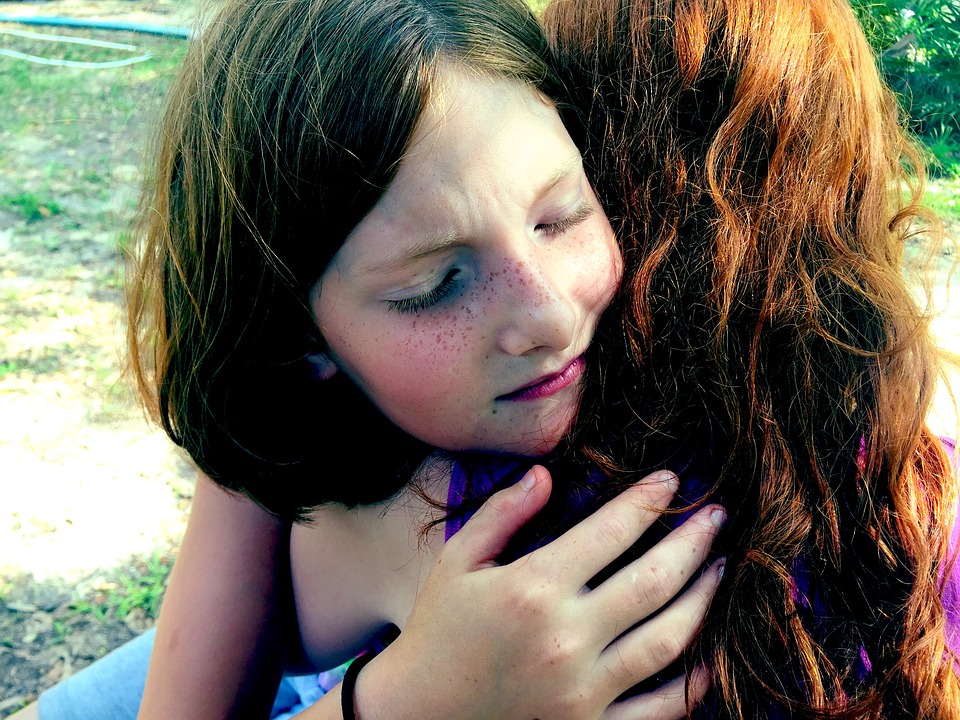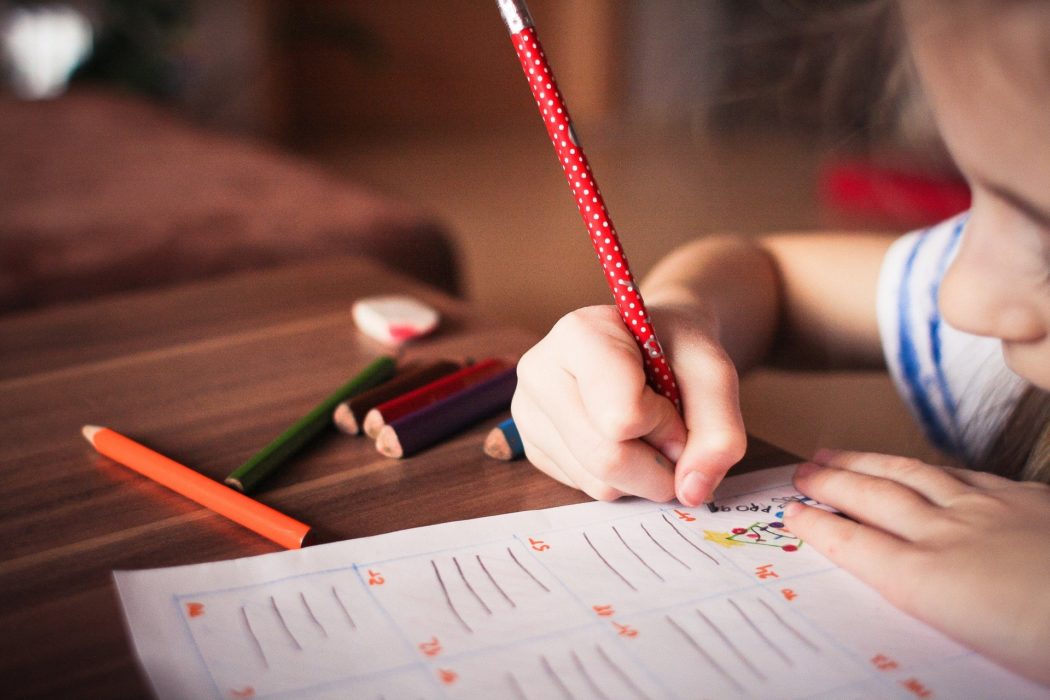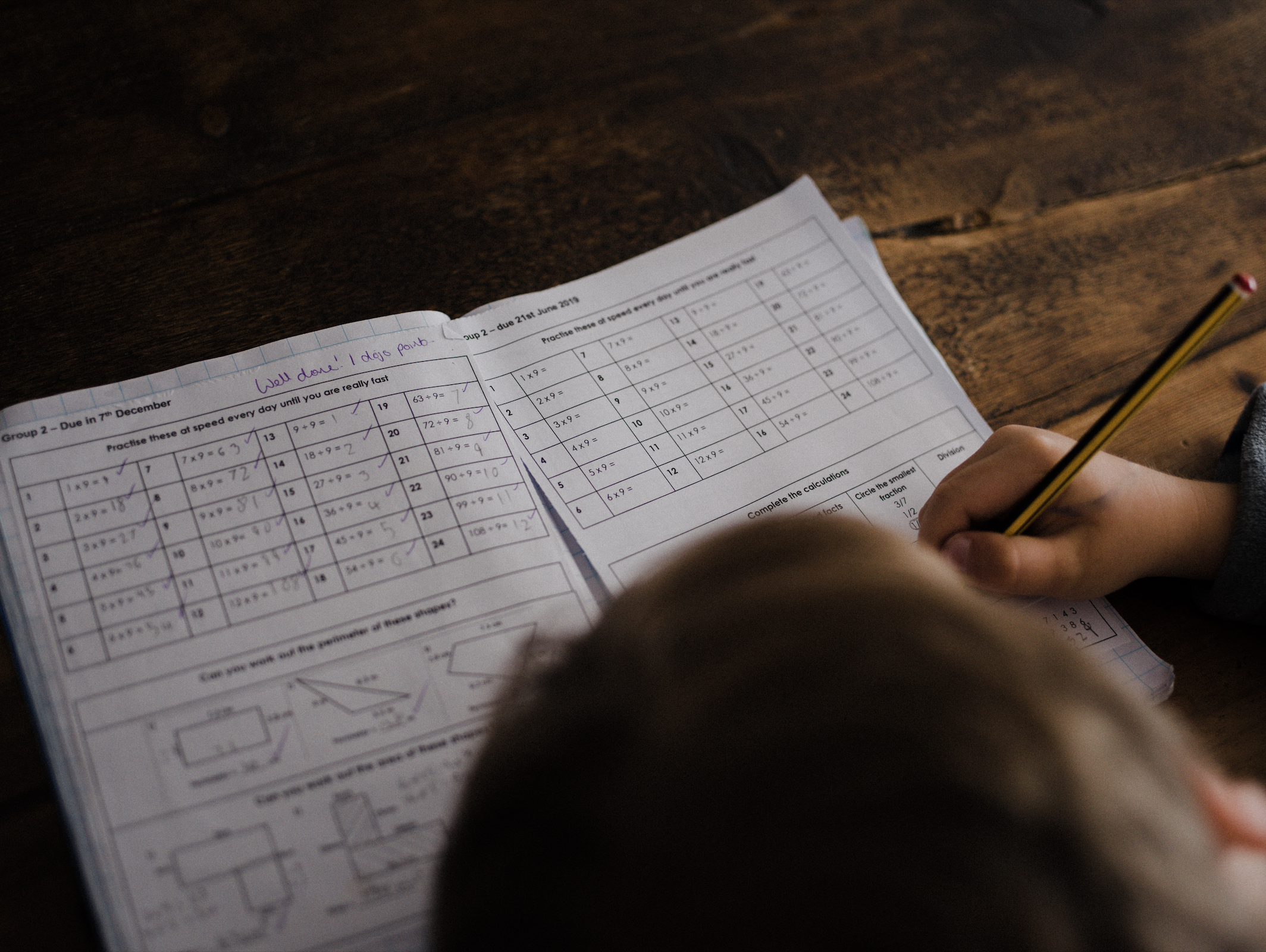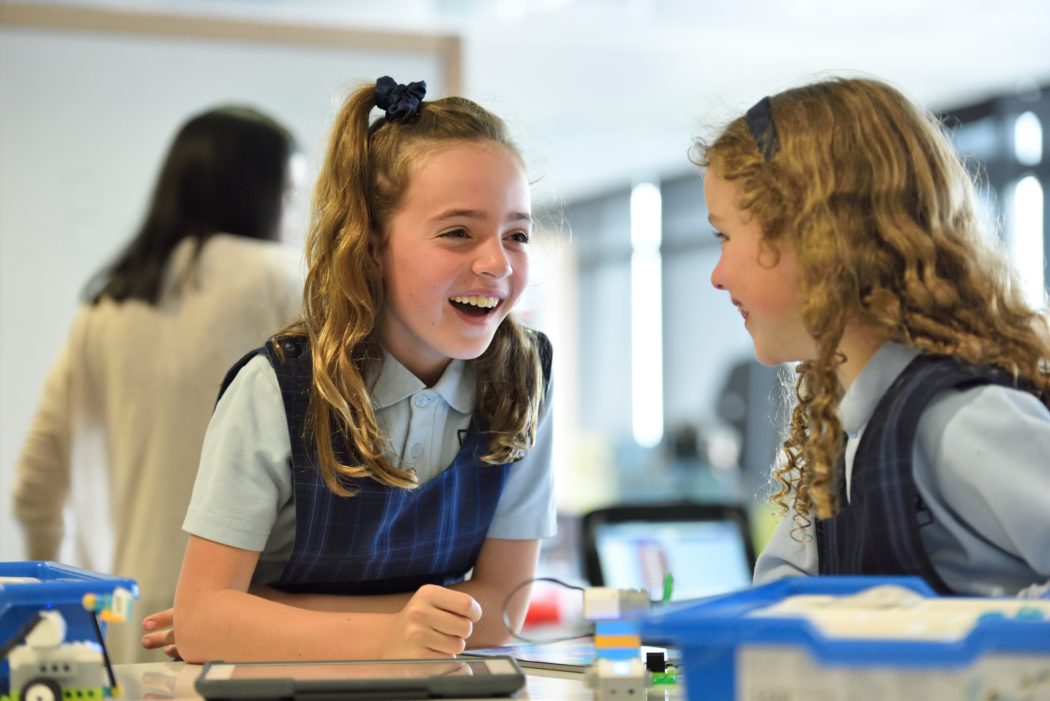Kelly has more than eight years’ experience as a coordinator for an Outside School Hours Care Program and has completed hundreds of engaging and educating programs with children based on the National Regulation requirements. So, to help any struggling parents out there, here are her suggestions for easy and fun activities to keep children engaged during Covid restrictions.
With current Covid precautions in Australia and Melbourne’s Stage Four lockdown still in effect, parents may have gone through every option to keep their child engaged. Children are out of routine and forced to learn at home, so trying to come up with new and exciting activities that are educating can be almost impossible.
1. ‘Spoonville’

It can be difficult to convince children to leave the house for some exercise when they have technology to keep themselves entertained, so why not create a town out of spoon people and get the community involved?
Using old spoons from the drawer, dress up your spoon into a person, animal or character. Every time the children go for a walk, they can see if anyone else in their neighbourhood has contributed to ‘Spoonville’ with their own spoons. It brings the excitement of wanting to leave the house for exercise while also engaging the children into creating a new spoon to add to the collection.
Materials: Wooden, metal or plastic spoon, wool for hair, googly eyes, scrap material for clothing, texta or paint for any additional details.
2. Toilet roll characters

Instead of throwing out the toilet rolls, turn them into characters!
There are plenty of websites that provide print out templates of different characters to stick onto a toilet roll. These are easy for kids to follow because all they need to do is cut, colour and paste. Alternatively, parents can print off reference pictures to spark creativity.
This also teaches children the importance of re-using materials around the house instead of throwing them out. Use this opportunity to discuss the environment and what they can do to help.
To further build on this experience, the children can create their own puppet show. This will be sure to keep them entertained for hours, build their confidence and encourage their pretend-play skills.
Materials: Toilet rolls, paper, textas, scissors, glue sticks.
3. Gooey slime

Slime can be a great tool for sensory development and is also one of the most popular science experiments with children at the moment. The ingredients to create this slime can be found at the supermarket and is easy to create, but it does get messy. So, make sure the floor, table and clothing are protected.
Slime recipe:
240ml bottle Elmer’s white school glue
1 1/2 – 2 tbs contact saline solution
1 tbs baking soda
Food colouring
To make the slime more exciting, the children can add shaving cream (poofy slime), glitter, beads (crunchy slime) or Styrofoam (foam slime) to the mixture.
Materials: Glue, saline solution, baking soda, food colouring.
4. Pac-man (2 or more people)

Pac-man is a game Kelly played frequently with children at work because it encouraged them to think quickly and increase their general knowledge.
The aim of the game is to stand around the room, the parent will shout out a question and for every question a child gets right, they take a step towards their opposition. Once they’ve answered enough questions and have reached their opposition, they tap them on the shoulder to get them out.
Adjust the questions based on their age and knowledge level, making them easier or harder depending on who is left in the game.
Materials: None.
5. DIY masks

Masks are a part of everyday life with Covid-19, so why not make it exciting? This will not only open the conversation about why it’s important to wear masks but will also teach them how to cut fabric to a pattern and sew it together. This could also encourage a conversation about fast fashion and the hard work that goes into creating clothes.
To further this experience, children could sew more patterns such as cushions, toys or pencil cases.
Materials: Needle, thread, three layers of fabric, scissors.
6. Terrarium
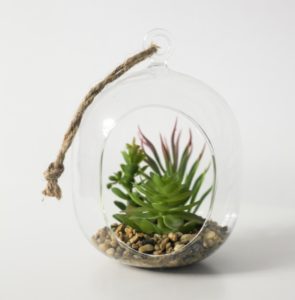
Terrariums are easy to assemble and can be created by things found outdoors. Although it isn’t necessary to build one that grows plants, it can be beneficial for children to learn the importance of a small eco-system and a terrarium is perfect to do so.
Materials: Glass bowl, dirt, sticks, rocks, water, plants (I recommend succulents because they don’t need much water).
7. Veggie patch

Similar to a terrarium, growing plants can be a beneficial lesson to children, but can be done using scraps from last night’s dinner. There are many vegetables/fruits that can grow from scraps. These are:
Lettuce, celery, avocado, potato, sweet potato, ginger, pineapple, garlic, onion, pumpkin, capsicum, tomato, carrot, strawberry, apricot, cherry, and many more.
Just place these vegetables or seeds in water, wait for roots to sprout, and then plant in dirt. Eventually, a new vegetable will sprout and the kids can eat their home-grown food.
Materials: Vegetable scraps, dirt, water.
8. Patty pan craft

Children can unleash their creativity by creating their favourite animal or character using the left-over patty pans sitting in the bottom drawer. Using either a photo for reference or a printed colouring page, children can cut the patty pan to size and paste. This will not only benefit their fine motor skills but will encourage creativity when it comes to alternative materials and repurposing.
Materials: Patty pans, paint or texta, scissors, glue.






